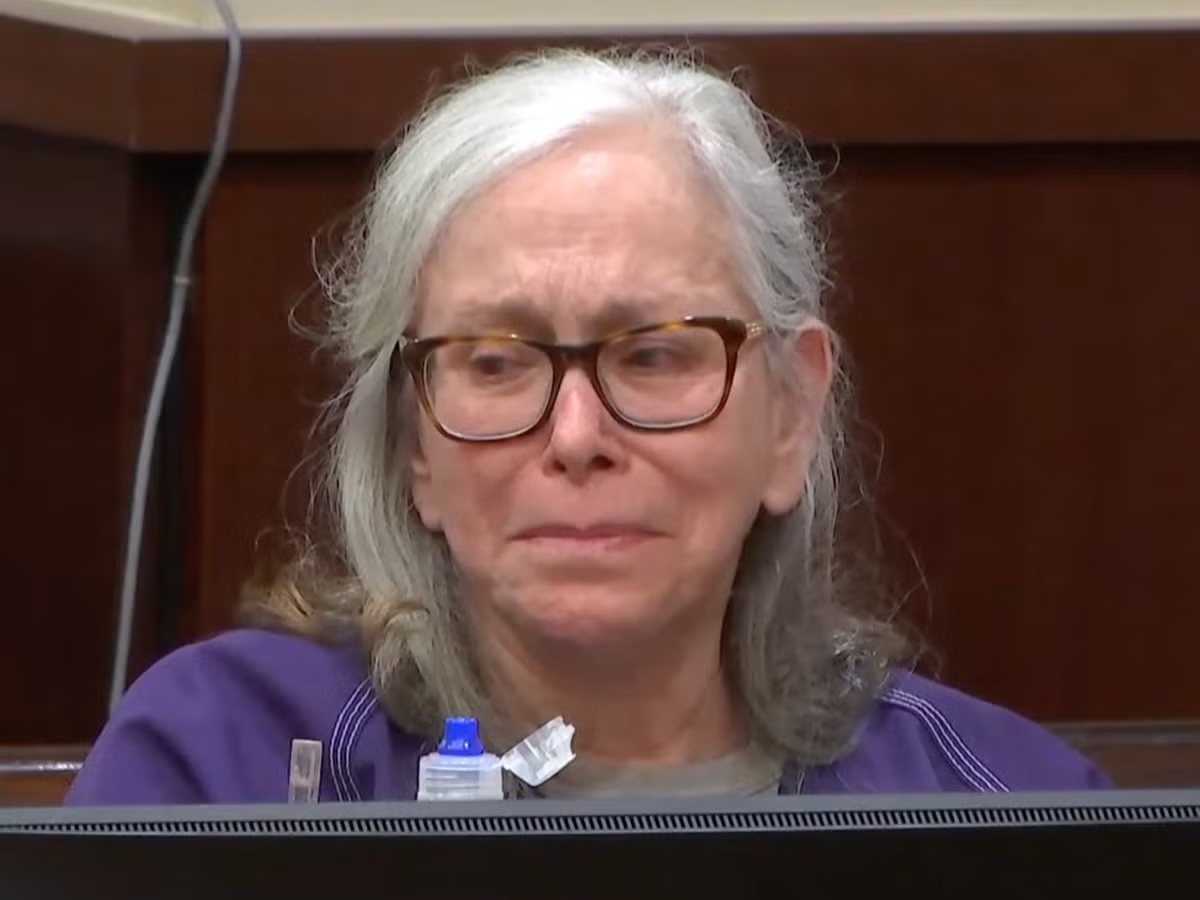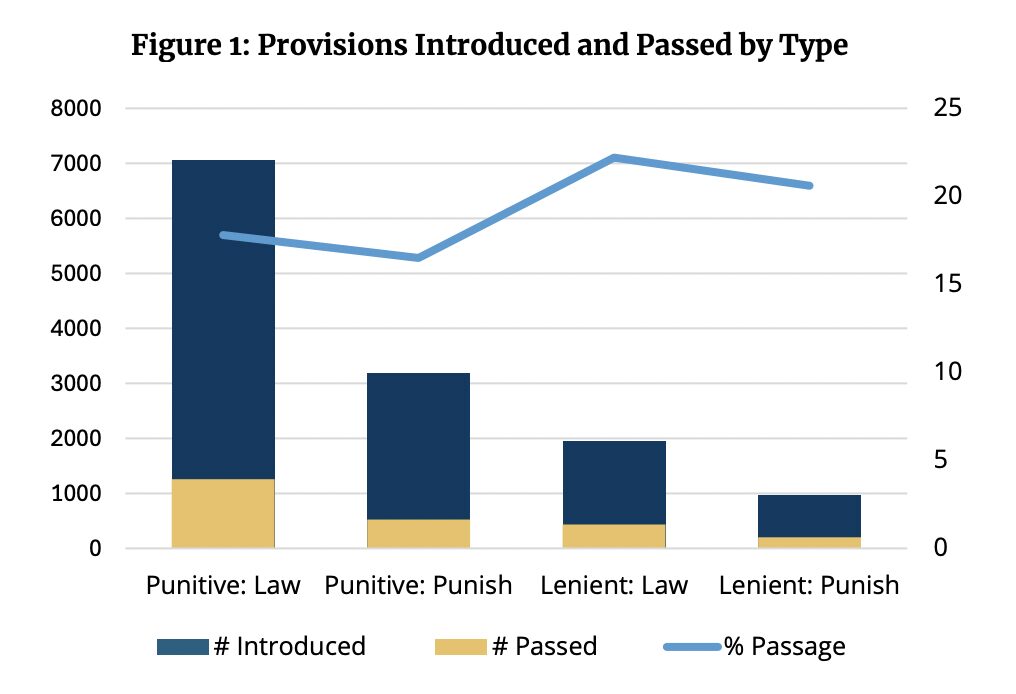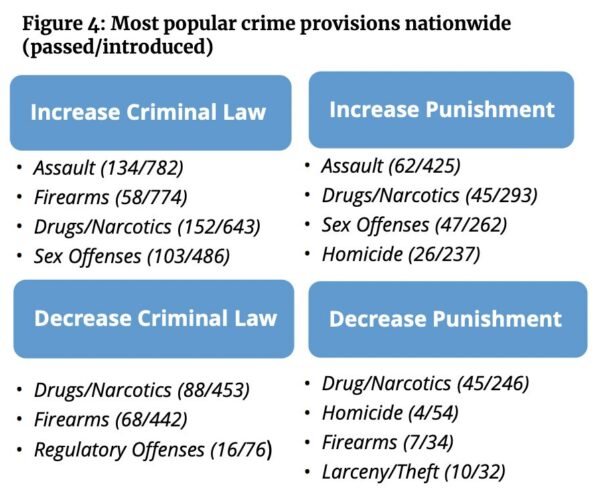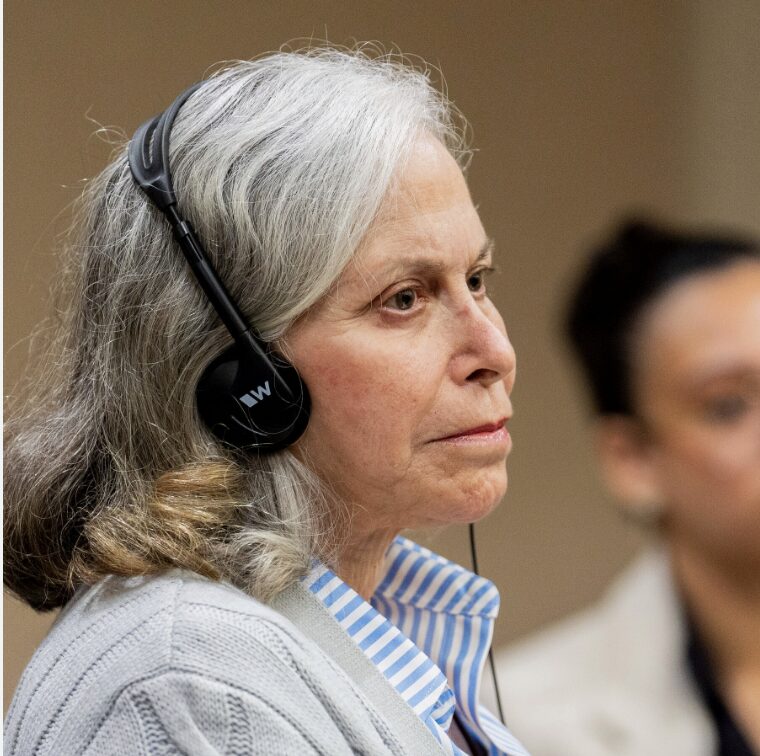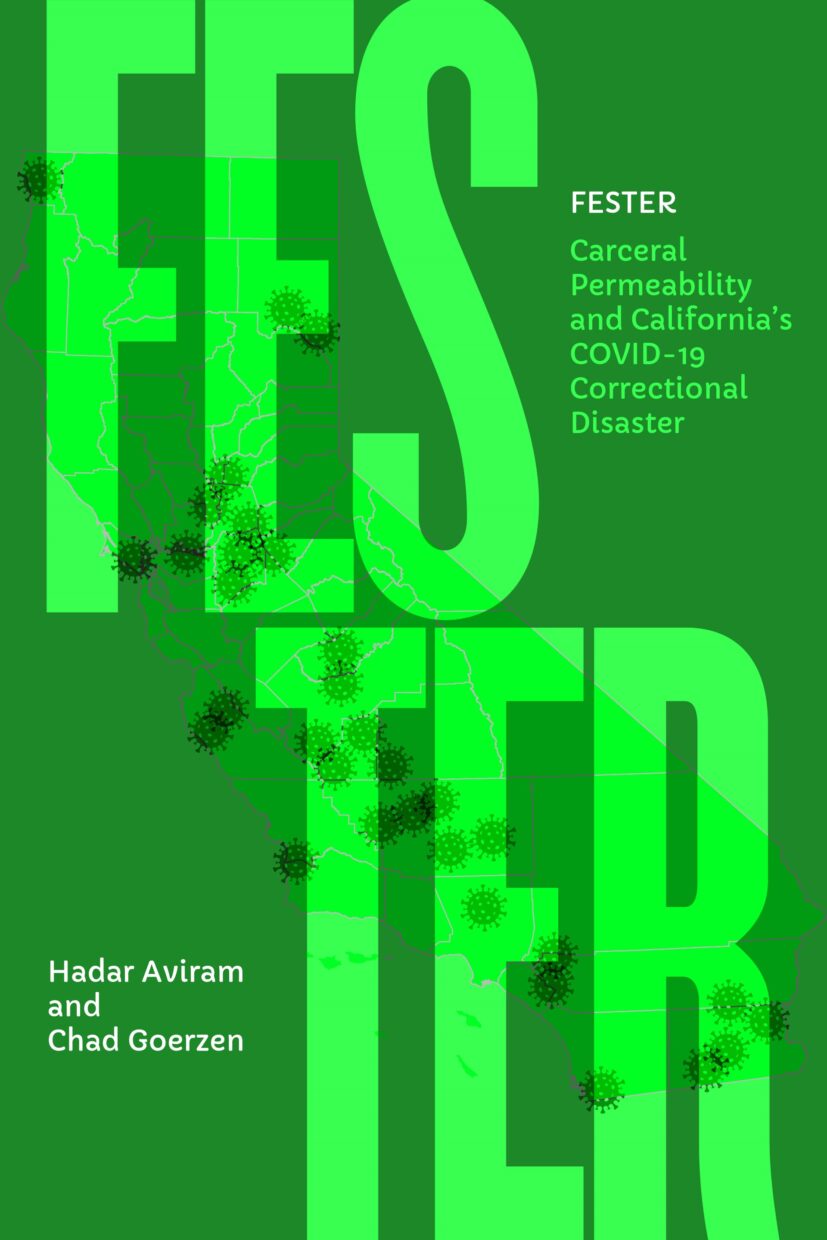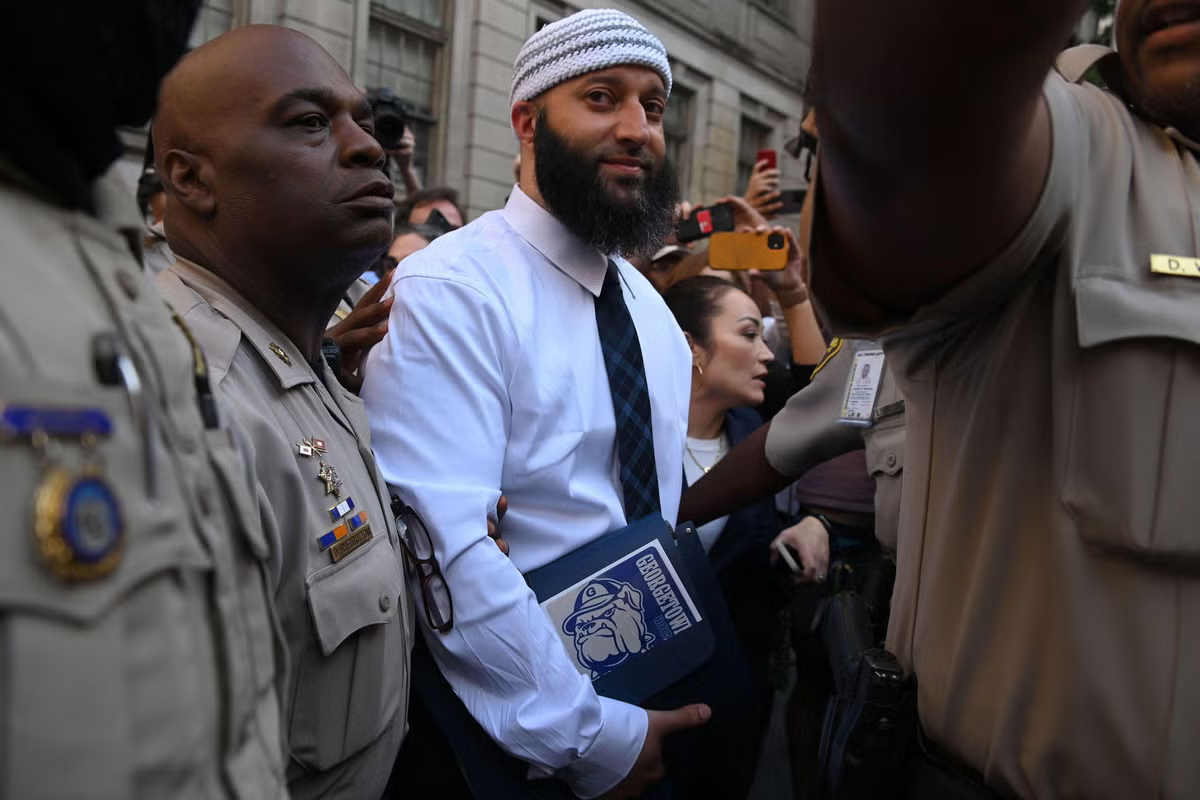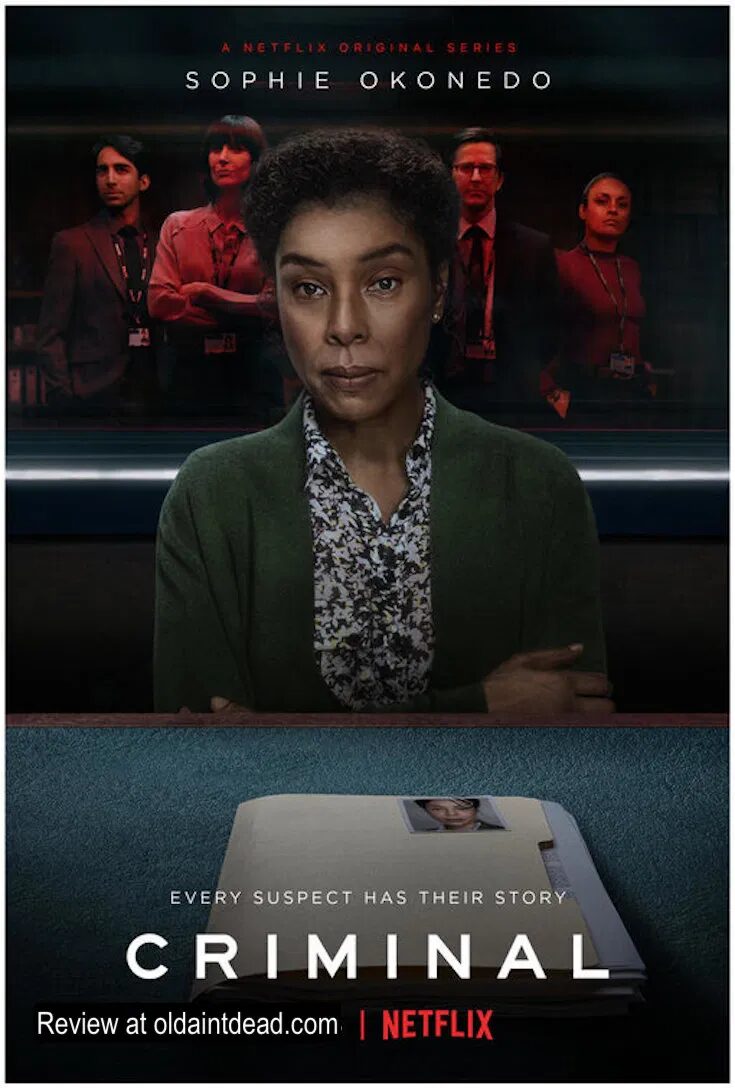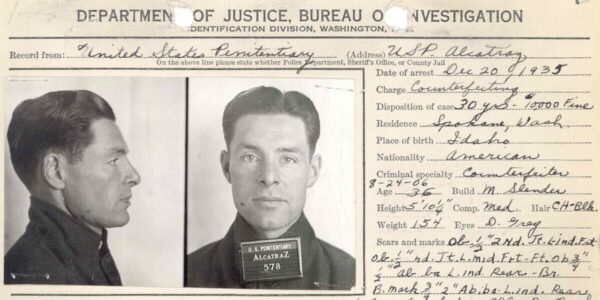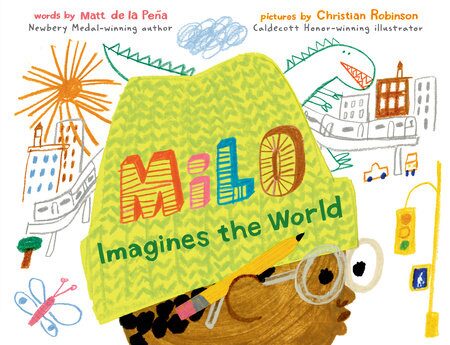Yesterday, Ivan Bates, the Maryland State Attorney, published a report of the office’s investigation into the handling of Adnan Syed’s case. You can read the executive summary here. As someone deeply interested in the promise and pitfalls of new media, especially true crime podcasting, for the criminal process, I read it with great interest.
The Biography channel offers a timeline of the case, of which I’m providing a short summary here. Syed and Hae Min Lee, the murder victim, were a couple in high school, and they broke up in December 1998. Soon after, in January 1999, Lee went on a first date with a coworker from LensCrafters. Lee was last seen on January 13, 1999, leaving school at 2:15pm in her Nissan Sentra to pick up a cousin and head to LensCrafters; she never made either appointment. Her body was found on February 9, 1999, in Leakin Park.
What happened on [the day of the murder] depends on who you talk to. As described by Syed to Serial, he goes to his photography and English classes and then calls his friend Jay Wilds, offering to lend him his car during his lunch period. Wilds then drops Syed back off at school, where he has a free period and then arrives late to his psychology class—it started at 12:50 p.m., but he entered at 1:27 p.m., as his teacher notes.
After class, he goes to the Woodlawn Public Library to check his email and chats with friend Asia McClain. Then he goes to track practice. Wilds picks him up, and the two go to a friend’s house. It’s while he’s there that Officer Scott Adcock calls Syed asking if he knew where Lee was. The student told the official that “he was suppose[d] to get a ride home from the victim, but he got detained at school and felt that she just got tired of waiting and left,” according to the 2019 appeal. Syed then picks up food on his way to meet his dad at the mosque for evening prayers, Serial reported.
Meanwhile, Wilds’ version of the day changed throughout his interviews and testimony. In his testimony at the second trial, he says that he and Syed drove to Security Square Mall and claims that Syed reportedly told him he was going to kill Lee. That afternoon, he says that Syed asked him to pick him up at Best Buy, where Syed shows him Lee’s body in the trunk of her car. They leave the car at a park-and-ride lot. That night they bury Lee’s body in Leakin Park and leave her car in a residential parking lot.
Following up on two anonymous phone calls pointing to Syed as a possible suspect, and after finding Lee’s car, on February 28, 1999, Syed was arrested and charged as an adult. Shortly after the arrest, McClain, Syed’s alibi witness, wrote a letter to him detailing their library conversation. Syed was tried twice: the first trial ended in a mistrial on December 15, 1999, and after the second, on February 25, 2000, he was convicted and sentenced to life plus 30 years. A month after the verdict, McClain wrote an affidavit at the request of family friend and attorney Rabia Chaudry. Syed’s appeal was denied on March 19, 2003, and his habeas corpus petition was denied on December 30, 2013.
Like many other people, I became interested in the case by listening to the first season of Serial, which debuted on October 3, 2014. While the podcast was being broadcast, Syed had a pending appeal of the denial of habeas, and he managed to get the habeas case reopened in November 2015. The main arguments made at the hearing echoed the weak points of the case as examined in Serial: McClain’s alibi, cellphone tower discrepancies, and allegations of ineffective assistance of counsel and discovery violations from the prosecution. After the hearing, Syed was granted a new trial in 2016; the new trial was then denied in 2019, a decision echoed by the Supreme Court.
In September 2022, then-Maryland State Prosecutor Marilyn Mosby informed the court that the state had lost faith in Syed’s conviction in light of new evidence and violations. A Baltimore City judge vacated the conviction, and a month later, all charges against Syed were dropped. However, on March 28, 2023, a Maryland appellate court reinstated the conviction, as the Lee family’s right to attend the hearing in person was violated, and ordered the court to hold a new hearing. Syed petitioned the Maryland Supreme Court to review the reversal, and on August 30, 2024, the Court upheld the reinstated conviction.
The latest news are that the prosecutor’s office has reviewed Mosby’s handling of the case and has restored its confidence in the original conviction, withdrawing Mosby’s motion to vacate the conviction. The highlights of the decision are as follows:
- The alleged prosecutorial misconduct in hiding handwritten evidence of alternative suspects was unfounded, as “(1) the notes do not point to any alternative suspects; (2) the individuals that the “SRT” believed to be the alternative suspects were known to the defense; and (3) the notes were likely disclosed to the defense before trial.”
- The ineffective assistance of counsel accusation against Gutierrez, who represented Syed in the original trial, was unfounded. Contrary to the prosecution’s prior assertion, that Guierrez did not cross-examine the State’s cell phone expert on a disclaimer found in the phone records, the proceeding transcripts show that the State’s cell phone expert was never asked a single question on direct examination – and did not rely in any way – on the cell phone records at issue, but rather had conducted independent testing at 13 separate locations to determine which cell towers were in the range of these locations, and only relied on his notes.
- One of the main arguments undergirding Mosby’s motion to vacate was the absence of Syed’s DNA on shoes found in Lee’s car, but the shoes were never proven to be Lee’s, and DNA found on the soles could have come from anywhere.
It also turns out that Mosby’s representation to the Court that the office was actively looking for new suspects was false.
I don’t know whether Syed is guilty or innocent of the murder, but I think it’s hard to argue that the reopening of the case in 2015, and certainly Mosby’s investigative energy that culminated in the withdrawal of prosecutorial support of the conviction, was not at least partly attributable to the momentum from the widely acclaimed podcast. FWIW, I thought Serial, which I reviewed at the time, was balanced in raising arguments on both sides of the case; it was the second podcast on the case, Syed family friend Choudry’s Undisclosed, that explicitly sided with Syed. Koenig’s agnosticism about the case was, to my mind, one of its main strengths, and I don’t think there was anything inherently unethical about producing and broadcasting the show while an appeal was hanging.
I do think, as I explain in Rise of the Innocence Podcast, that our recurrence to true crime as a form of entertainment, has resulted in new media reexamining convictions being elevated to the rank of postconviction review. There isn’t a code of ethics for podcasters; anyone, regardless of expertise or moral commitment, can call themselves an “investigative reporter,” and it’s hard to argue, in the Year of Our Lord 5785, that any work of nonfiction–including our daily newspapers–can be said to be 100% objective. Reportage always has a slant, an angle, a frame, and this will apply to the choices made about what to broadcast as well as what not to broadcast. And what worries me is that this can lead to two opposite reactions, neither of which fully satisfies our thinking on the subject.
The first, and it’s not just a trap for credulous people–these things are serious, absorbing, and detail-oriented–it’s very easy to uncritically sway with the intentions, trends, and slants of an engaging, even riveting, podcast. Not everyone who listens to podcasts has the expertise, or even relevant knowledge, to question how the facts are presented, because the facts themselves come from the podcast. For every case covered by a podcast, there are thousands of cases just as deserving of review and revision that don’t get selected, maybe because they don’t involve whatever big political question is salient in the culture at that time, maybe because the talking heads are not interesting enough or their voices are not radiophonic enough, maybe because the evidence is too complicated to unpack in a podcast, maybe for practical reasons of convenience and accessibility. The very fact that a podcast exists does not stand alone in the universe. What is and is not reviewed and covered is hard to address when all you can listen to is what’s on offer, not what is missing.
The second, which I think is just as serious a problem, is that when podcasts are proven to have improperly contaminated the legal process, people could lose faith in the power of the media altogether and revert to the misapprehension that the legal system makes no mistakes and that public interest in, and review of, possible wrongful convictions is a losing proposition. I have been quite worried about this regarding Paul Flores’ appeal of his conviction for the murder of Kristin Smart, whose body was never found. A fundamental factor in reopening the investigation against Flores–always the main suspect but never with enough evidence–was Chris Lambert’s award-winning podcast Your Own Backyard. Lambert dug up heaps of evidence that the police had never found, and at some point during the investigation, it became evident to me as a listener (though Lambert never explicitly said it) that the police were collaborating with Lambert, giving and receiving tips and information, and that the podcast was largely responsible for the reopening of the case. What makes me queasy is that the podcast presents strong evidence that Flores–even if not guilty of Smart’s murder, which I find very unlikely but I’m not a juror-is an absolute scumbag, who violently raped numerous women. If Flores ends up winning this appeal and walking free because an appellate court decides that Lambert’s popular podcast contaminated the police investigation–and I think the defense can mount, and in fact is mounting, a serious case of bias and jury contamination–it’ll set free a terrifyingly dangerous and violent man, and all of Lambert’s work will have made the world a worse place. It may also discourage other journalists from undertaking assiduous, labor-intensive media projects like Lambert’s podcast.
The nimbleness of podcasters–the fact that they can reach people and dig up evidence in ways in which the government, limited by the Constitution, cannot–is also the weakness of podcasts. I wish there was a way to require every person with a microphone to undergo a crash course in criminal procedure and evidence, so that they understand better how their reportage efforts dovetail or conflict with official police investigations, and how to wield their power in responsible ways.

